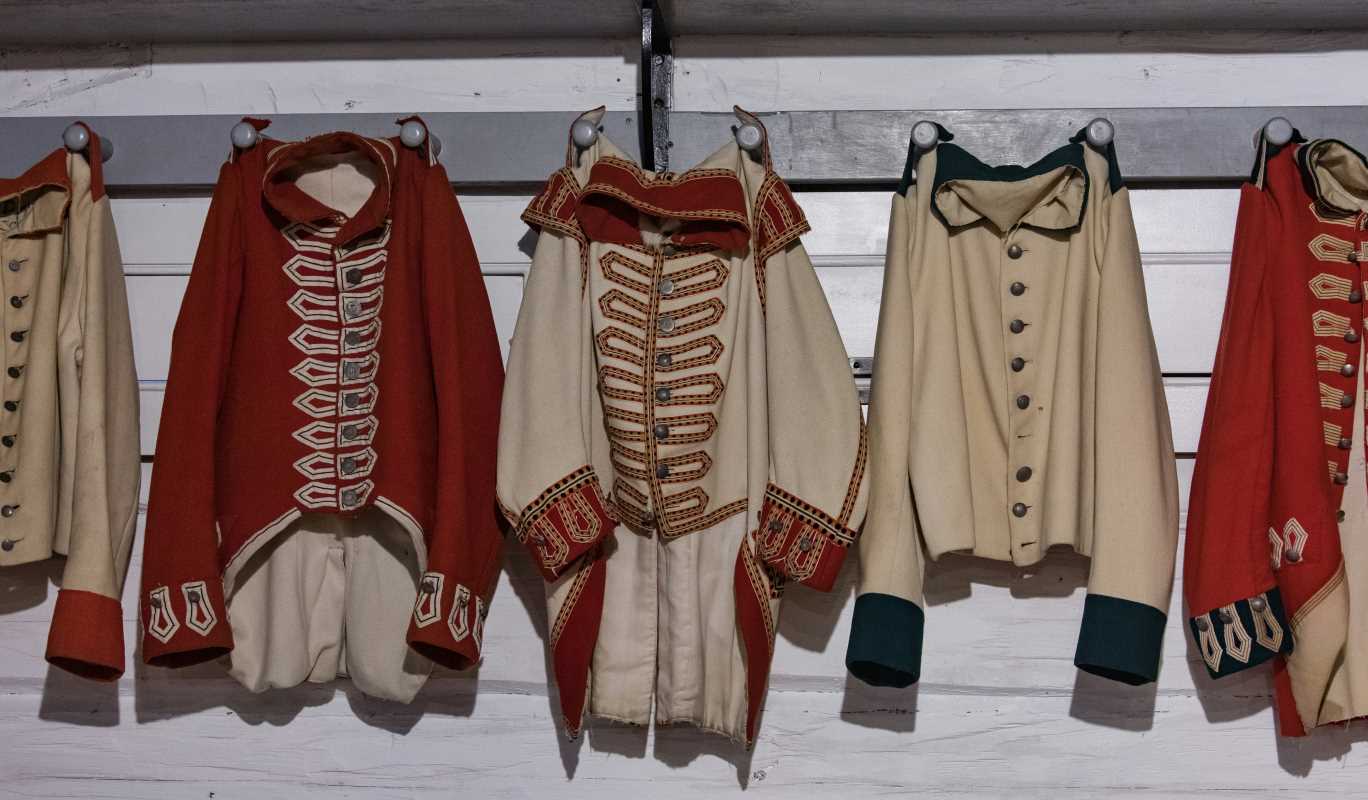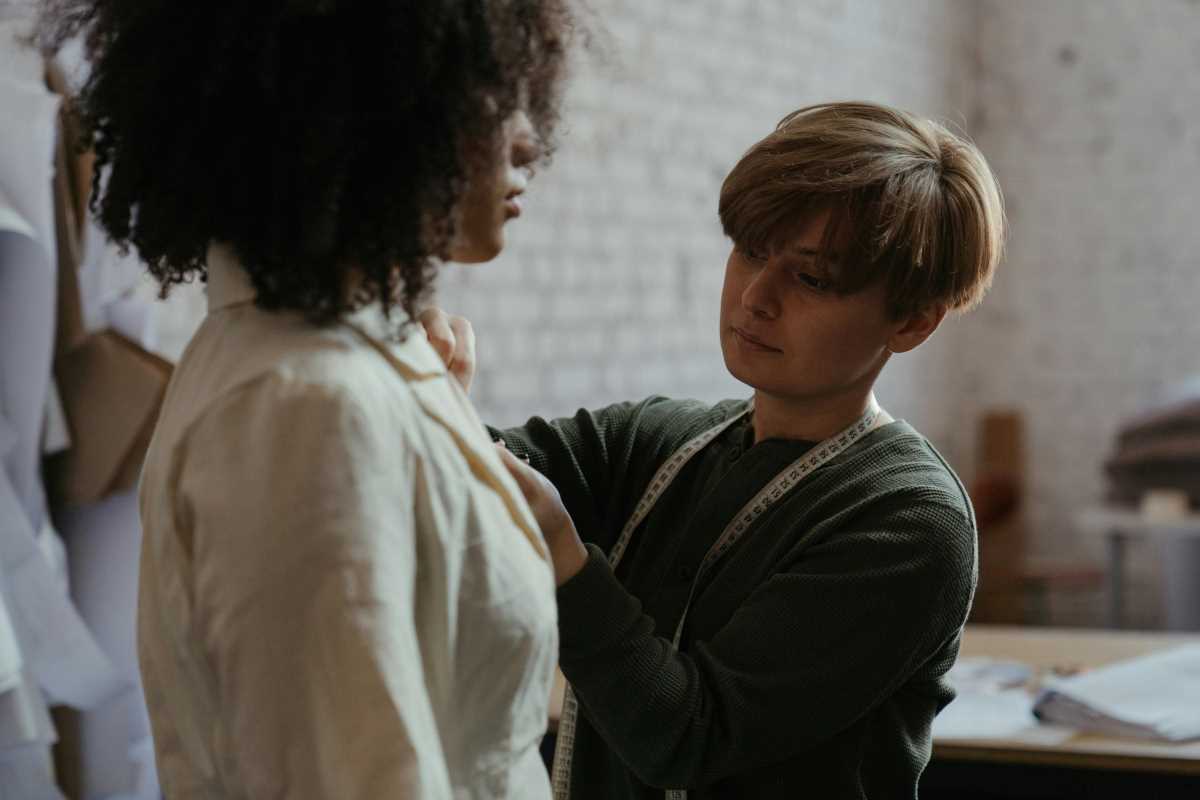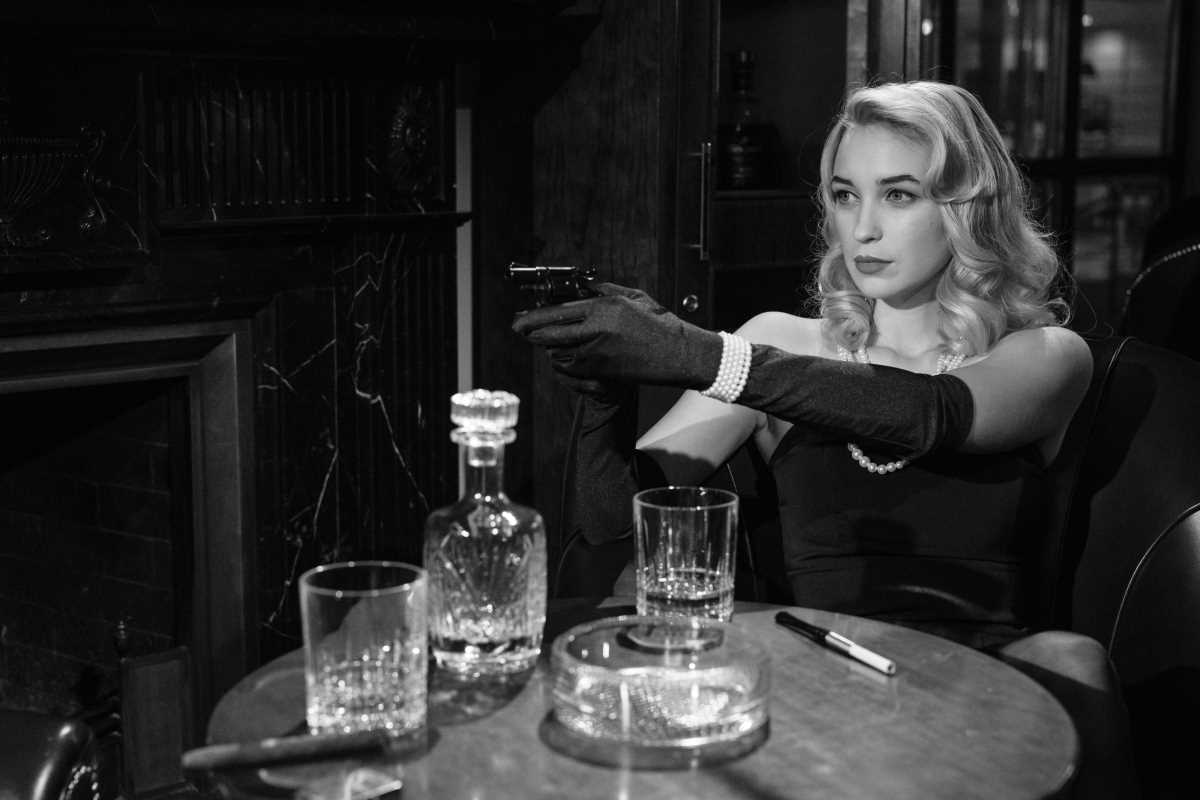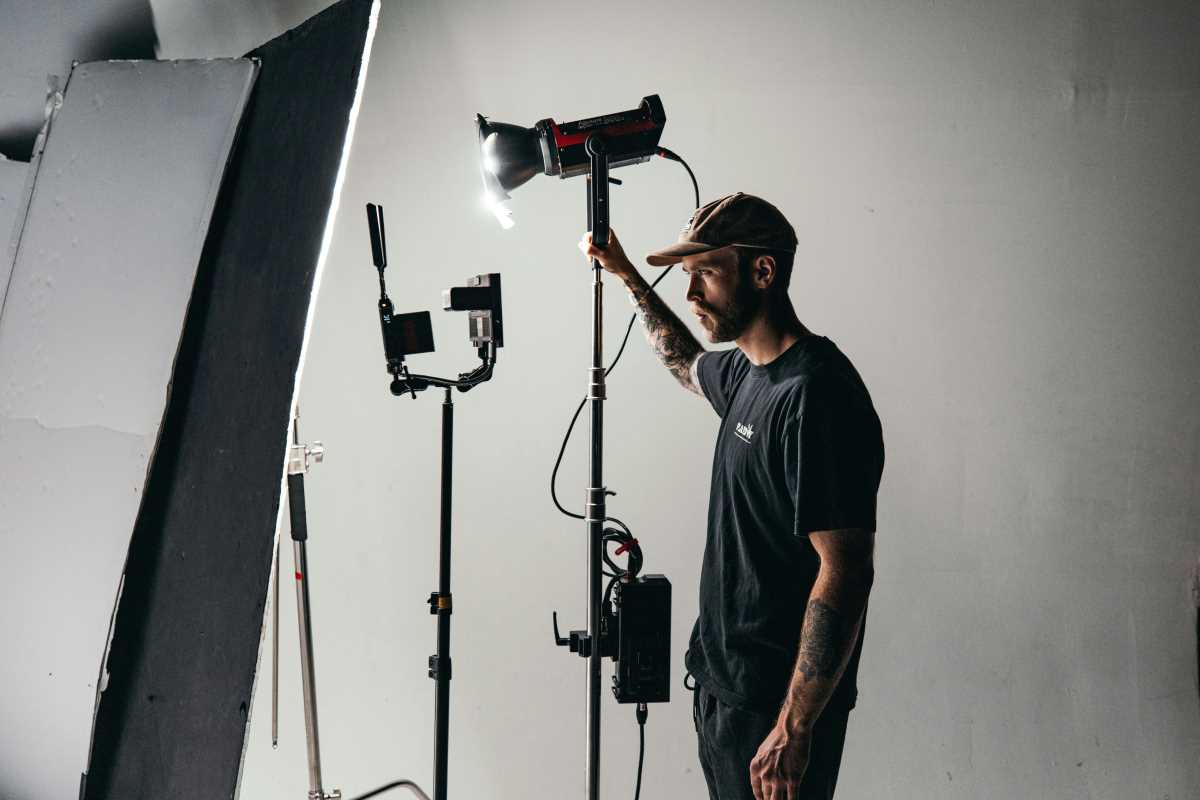Want to turn your passion for fashion into a career? Freelance styling lets you do just that. As a freelance costume or fashion stylist, you get to create amazing looks for everything from magazine shoots to movies. It’s a fast-paced career that mixes creativity, business sense, and a serious love for style.
Ready to be your own boss and build a career in fashion? Here’s your guide to breaking into the world of freelance styling.
What Does a Freelance Stylist Do?
A freelance stylist is a visual storyteller who uses clothes to create a specific look or character. Unlike stylists who work for a single brand, freelancers are independent contractors. They take on different projects for various clients. This means your work is always changing.
Freelance stylists work on tons of cool projects:
- Film and TV: You could be a costume stylist, helping to define characters' wardrobes for a new series or movie.
- Commercials: Stylists create the looks for actors in ads, making sure the clothes match the brand’s vibe.
- Editorial Shoots: This is high-fashion work for magazines, where you create bold, trendsetting looks.
- Personal Styling: You work one-on-one with clients to refresh their personal wardrobes.
- E-commerce: Brands hire stylists to put together the outfits for their online stores.
Building a Portfolio That Gets You Noticed
Your portfolio is your #1 marketing tool. It’s a curated collection of your best work that shows off your unique style and skill. A killer portfolio is essential for landing gigs.
- Document Everything: Take high-quality photos of every look you create.
- Collaborate to Create: Team up with photographers, models, and makeup artists who are also building their portfolios. These are called TFP (Trade for Print) shoots. It's a great way to get amazing photos without a big budget.
- Show Your Range: Include different types of projects. Show that you can do edgy editorial looks as well as commercial, character-driven styles.
- Create a Website: Your portfolio needs a professional online home. Build a clean, stylish website to showcase your work. This is your digital business card.
How to Network and Market Yourself
As a freelancer, you are your own brand. You need to get your name out there.
- Get on Social Media: Instagram is your best friend. Use it as a living portfolio. Post your work, behind-the-scenes content, and fashion inspiration. Use relevant hashtags to get discovered.
- Assist Established Stylists: This is one of the best ways to break in. Reach out to stylists whose work you admire and offer to be their assistant. You’ll get priceless on-set experience and make crucial connections.
- Go to Industry Events: Attend fashion shows, trade shows, and networking mixers. Meet photographers, designers, and creative directors.
- Build Your Contact List: Every time you work on a project, save the contact info of the people you meet. Your network is your key to finding your next job.
The Business of Freelancing
Being a great stylist is only half the job. You also need to be a smart business owner.
- Setting Your Rates: This is tricky when you’re starting out. Research what other stylists with your experience level are charging. You can charge by the hour, a day rate, or a flat project fee. Your day rate will usually be your hourly rate multiplied by 8 or 10 hours.
- Contracts Are a Must: Always have a contract. It should outline the scope of work, the payment terms, and what happens if a project gets canceled. This protects both you and the client.
- Managing Your Money: You are responsible for your own taxes. Set aside about 30% of every paycheck for taxes. Use an app or a spreadsheet to track your income and expenses.
- Finding Consistent Work: The key to a stable freelance career is building relationships. Do amazing work, be professional, and clients will hire you again. Reach out to your network regularly to let them know you’re available for new projects.
Finding work as a freelancer in costume and fashion styling—or in any creative field—can be challenging, but there are several platforms and strategies to help you land gigs. Here are some options and tips:
Platforms to Find Work
- Freelance Marketplaces:
- Upwork: A general freelance platform where you can find styling gigs, especially for e-commerce or personal styling.
- Fiverr: Great for offering specific styling services, like virtual wardrobe consultations or styling for photoshoots.
- The Freelancer Club: A platform specifically for creatives, including stylists, photographers, and makeup artists.
- Industry-Specific Job Boards:
- ProductionHUB: A hub for film, TV, and commercial production jobs, including styling roles.
- Mandy Network: Focused on film and TV jobs, with opportunities for costume and wardrobe stylists.
- StyleCareers: A job board dedicated to fashion industry professionals.
- Social Media:
- Instagram: Use it as a portfolio and networking tool. Post your work, tag collaborators, and use hashtags like #freelancestylist or #costumedesigner to get discovered.
- LinkedIn: Connect with industry professionals and look for job postings in the fashion and entertainment sectors.
- Local Networks:
- Join local Facebook groups or forums for filmmakers, theater professionals, or fashion creatives. These often have job postings for stylists and costume designers.
- Agencies:
- Some agencies represent freelance stylists and costume designers. Research agencies in your area and see if they’re accepting new talent.
Tips for Finding Consistent Work
- Network Constantly: Attend industry events, fashion shows, and film festivals. Building relationships is key to getting referrals and repeat clients.
- Collaborate on Projects: Work with photographers, makeup artists, and models on TFP (Trade for Print) shoots to build your portfolio and expand your network.
- Cold Outreach: Reach out to production companies, photographers, and brands directly. Share your portfolio and let them know you’re available for freelance work.
- Stay Active Online: Regularly update your portfolio and social media profiles. Engage with other creatives and potential clients to stay visible.
- Ask for Referrals: After completing a project, ask satisfied clients to recommend you to others or leave a testimonial.
By combining these platforms and strategies, you can increase your visibility and find more freelance opportunities in costume and fashion styling.
Skills You Need to Succeed
To thrive as a freelance stylist, you need more than just good taste.
- Creativity: You need a strong artistic vision and the ability to come up with fresh ideas.
- Adaptability: Every project is different. You need to be able to switch gears from a high-fashion shoot to a commercial gig with a tight budget.
- Trend Knowledge: You must have your finger on the pulse of fashion. Know the latest trends, but also have a deep knowledge of fashion history.
- Communication: You have to be able to clearly communicate your vision to clients, photographers, and the rest of the creative team.
A freelance styling career is a hustle, but it offers incredible freedom and creative fulfillment. Start building your portfolio, make connections, and treat your career like a business. Your next gig is out there waiting for you.
 (Image via
(Image via





